Farmers and equipment operators are paying closer attention to how water moves through their fields, especially as climate conditions become more unpredictable. The shift toward more reliable and consistent irrigation setups has highlighted the benefits of using pumps that can handle higher volumes of water with small maintenance.
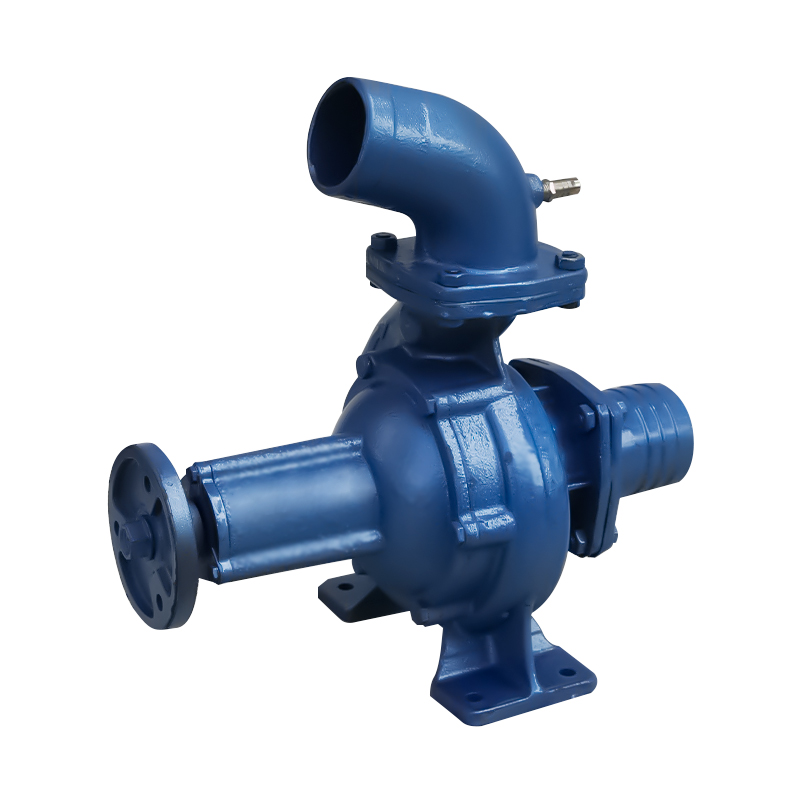
A High Flow Centrifugal Pump is designed to move large quantities of water quickly, using rotational energy from a motor or engine. These pumps are particularly useful for farms with extended irrigation lines or large surface areas that require even water coverage. What sets them apart is their ability to maintain a steady water flow without complicated components. Because of this, more agricultural operations are making the switch from older pumping systems to newer High Flow Centrifugal Pump units that can keep up with changing field demands.
One critical part of these systems is the irrigation pump head, which plays a central role in determining how effectively water is moved through the system. The irrigation pump head represents the pressure or height the pump needs to overcome to deliver water where it’s needed. A proper match between the High Flow Centrifugal Pump and the irrigation pump head ensures the entire setup runs smoothly. If the pump head is too high or low for the application, the system may use more energy than necessary or fail to supply enough water.
Farmers working with sandy soils or slightly uneven land have found that using the right irrigation pump head makes a significant difference in how well water is distributed. Over time, consistent pressure and flow help improve crop health, reduce waste, and avoid issues like overwatering or dry patches. This growing awareness is part of the reason more producers are paying close attention to pump specifications before making an investment.
Another factor contributing to the wider use of High Flow Centrifugal Pumps is the ease of integration with existing irrigation systems. Whether using drip lines, sprinklers, or pivot systems, these pumps offer the flexibility needed to adapt to various types of irrigation without major infrastructure changes. With the correct irrigation pump head, the water reaches its destination effectively, even across long distances or moderate elevation changes.
Serviceability is also a strong point for many modern High Flow Centrifugal Pump designs. While durability remains a key feature, farmers often appreciate how easy it is to access and maintain key components. This has led to fewer downtimes during peak irrigation seasons. Paired with an appropriately sized irrigation pump head, maintenance tasks become less frequent, and the overall lifespan of the system improves.
As irrigation needs evolve, so does the technology surrounding pump systems. Engineers continue to refine how High Flow Centrifugal Pumps perform in different agricultural settings. Matching these pumps with a properly calculated irrigation pump head has become a routine part of system planning. It’s no longer just about buying a pump—it’s about understanding the flow requirements of a specific field and selecting equipment that fits those needs.
The growing popularity of High Flow Centrifugal Pumps in agriculture is a reflection of practical, results-driven decisions. By choosing equipment that matches the land’s irrigation demands, and ensuring the irrigation pump head is correctly set, farmers can run more efficient operations. These changes don’t just benefit crop output—they also help manage resources more responsibly and prepare farms for future challenges.

 English
English русский
русский Español
Español
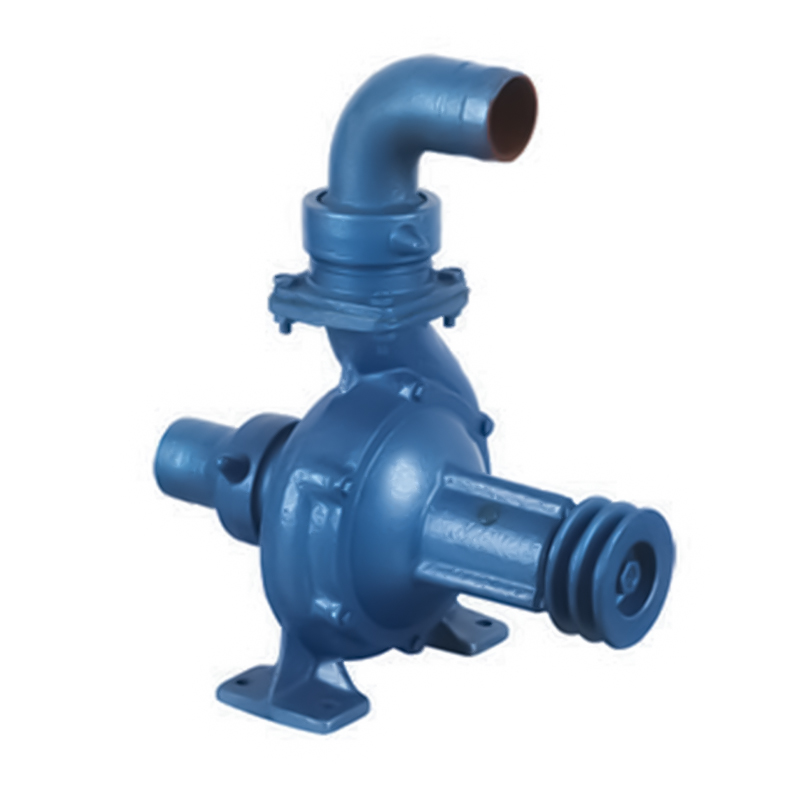


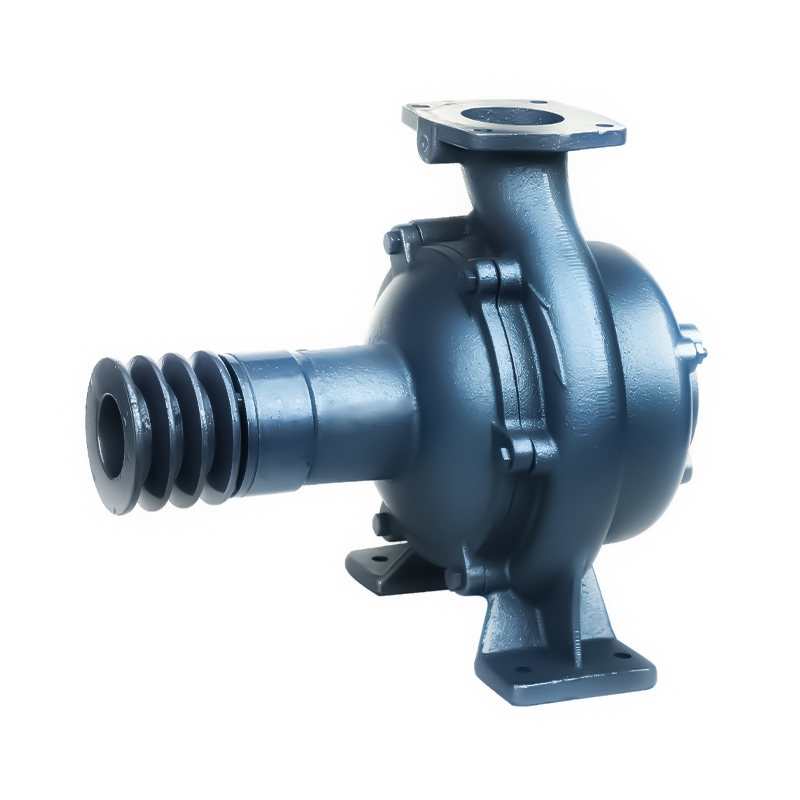
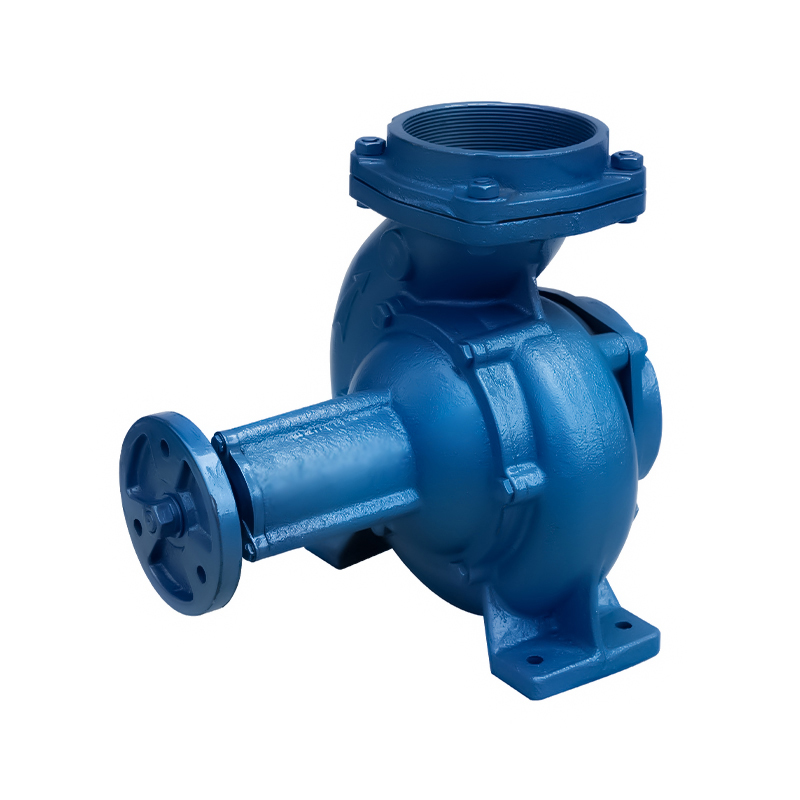

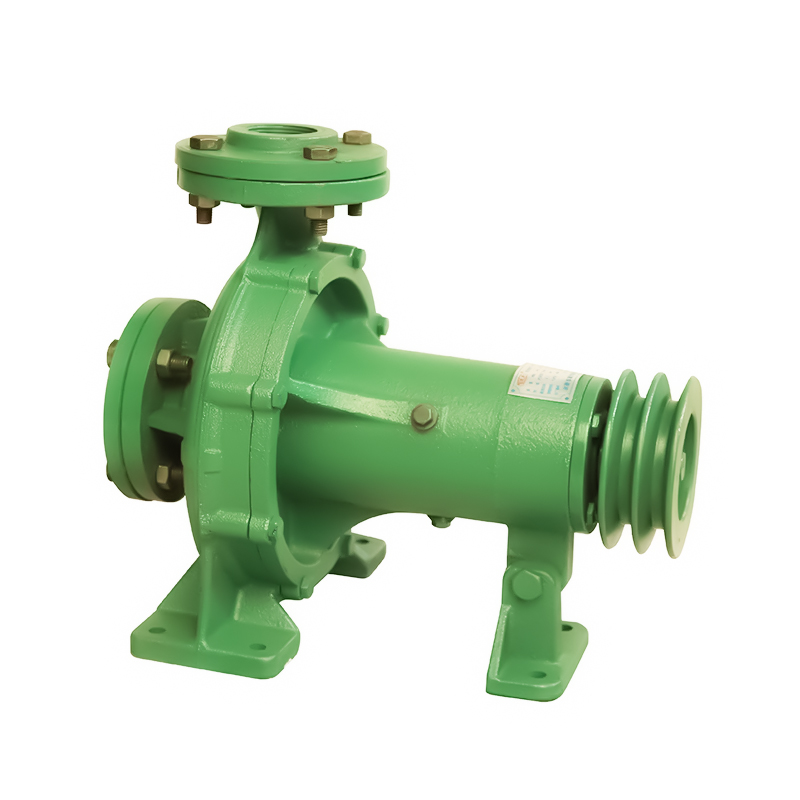

 Email:
Email:
 Phone:+86-13605899207
Phone:+86-13605899207

